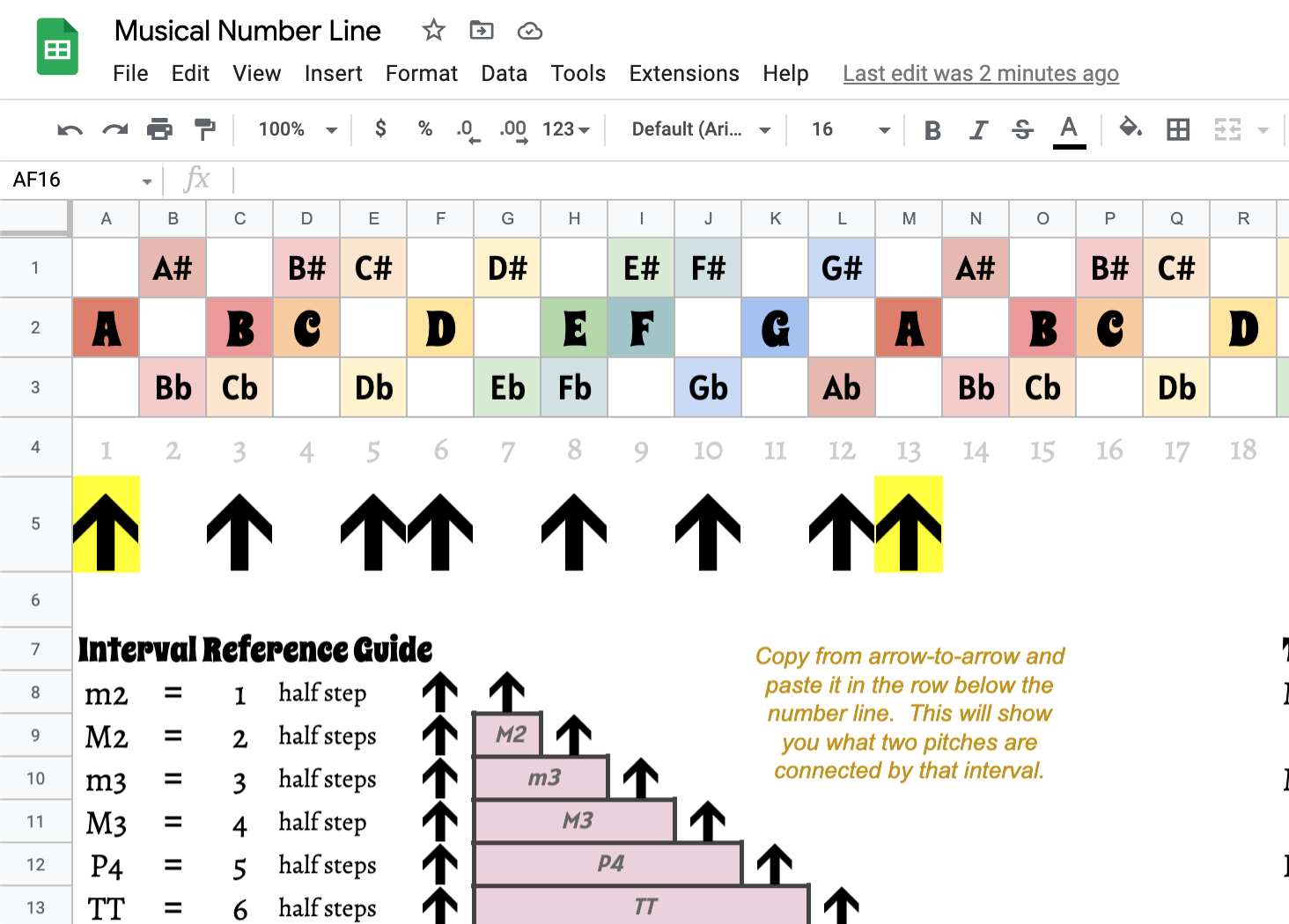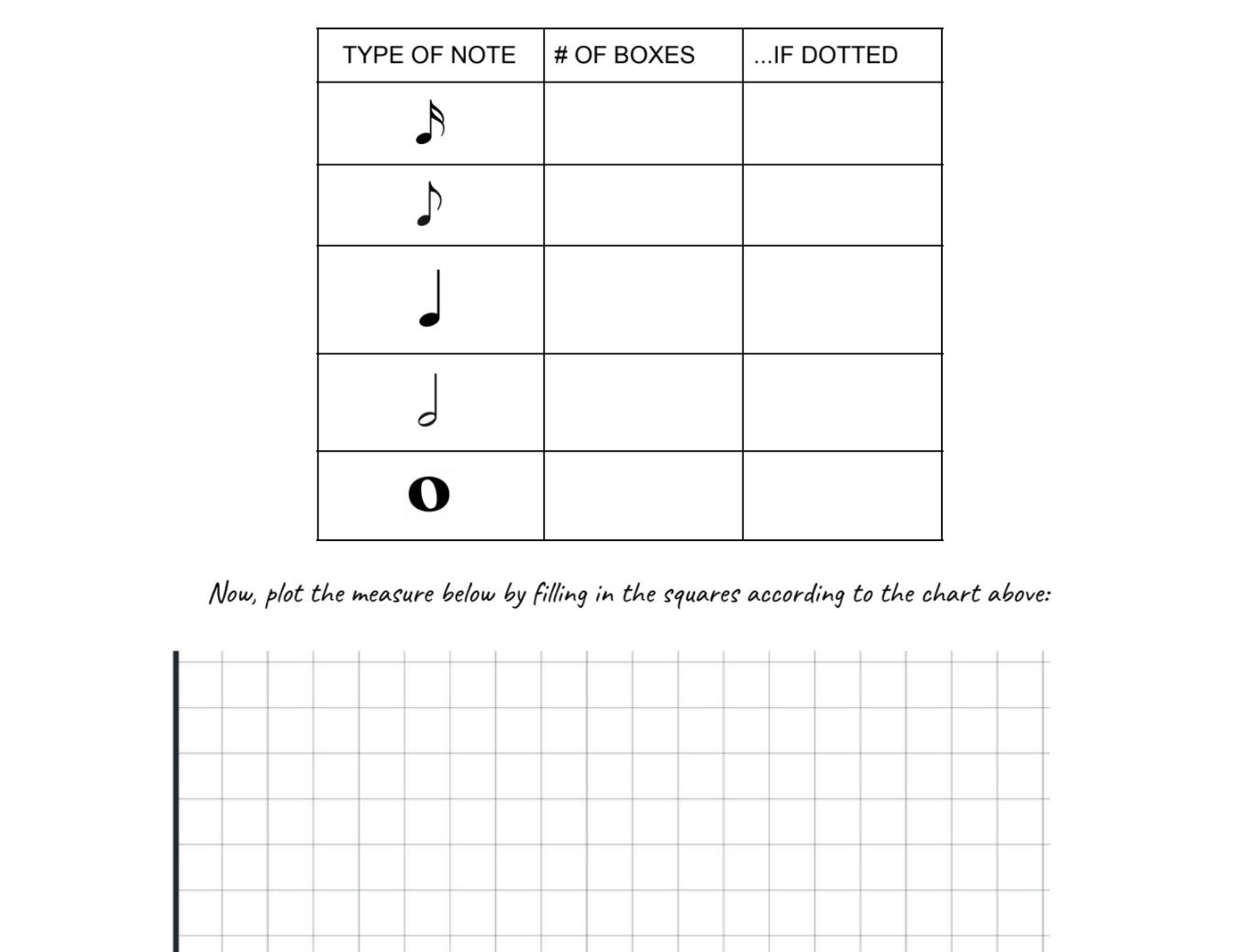
I have been the Orchestra teacher at Morton High School since 2012. I have always taken a non-traditional, highly-creative approach to leading my students. I hope my methods can inspire you to lead others into becoming their most creative selves.
What is my Why?
I am passionate about spreading a love of music, the arts, and creativity to students for the purpose of enriching their education experience, expanding their perspectives, and making them better human beings.
“Beauty will save the world.” - Fyodor Dostoevsky
-
While growing up, I worked at a summer camp every year from 2005-2012. Along with growing up in a family of 7 kids, this showed me how much I enjoyed working with kids, and I developed fun, practical skills for engaging students in entertaining, creative ways. This experience was just as enriching as my undergraduate studies.
-
At the risk of sounding cliche, music is my best friend. It has always been there for me at every important chapter in my life, and I am so thankful for the teachers, family, and friends who have supported me in developing my skills to the point where I can do this every day.
-
While I love the piano as my solo instrument, I fell in love with orchestra when I started playing viola in 5th grade. Being in an ensemble was such an enriching experience, and I have had so many great conductors over the years that I strive to emulate.
Check out some of the tools I’ve developed:
-

Finger Pattern Chart
I’m a visual learner, and I developed this tool on Google Sheets to help my students visualize how their finger patterns change from key-to-key on their instrument. Click on the button below to make a copy of the chart for yourself; you can change all of the parameters for your specific needs.
-

Musical Number Line
I developed this Google Sheet for my AP Music Theory class. I wanted them to be able to see the musical number line as clearly as a graph plot. The sheet is interactive in that you can drag the arrows and chord frames around the number line to see how the patterns work for every key.
-

Rhythm Plots
The purpose of this chart is to help students realize that they are capable of counting any rhythm if they break it down and think through it logically. Music is all about math and patterns, and sometimes, music notation gets in the way of that because it looks so fancy. Use this chart to shade in boxes where rhythms fall in a measure. Then, use a metronome to pulse each box from left-to-right, and only audiate the shaded boxes. Speed it up until you can perform the rhythm at the desired tempo.

